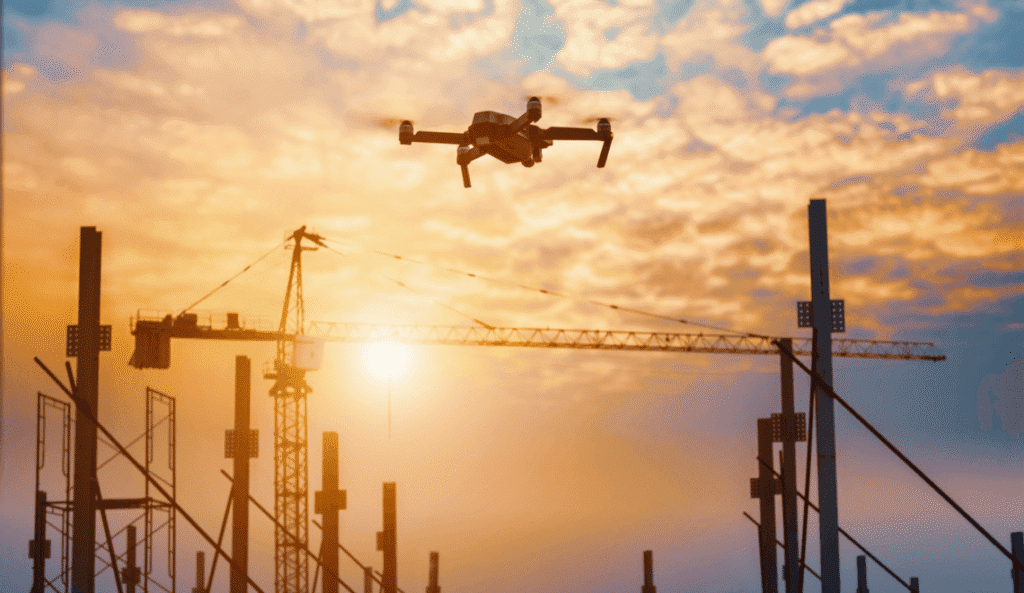Summary: Explore how aerial construction drones transform building by accessing hard-to-reach sites and promoting eco-friendly innovations.

Aerial construction drones are revolutionizing the construction industry. Researchers at the Swiss Federal Laboratories for Materials Science and Technology (EMPA) highlight the potential of these flying robots for sustainable and efficient building, especially in hard-to-reach areas.
Overcoming Ground-Based Construction Limits
Traditional ground-based robots face challenges on rough terrain and elevated sites. Drones provide a mobile and flexible solution. They access difficult locations such as mountain peaks, disaster zones, rooftops, and even extraterrestrial environments. Unlike fixed systems, these drones operate in swarms, boosting scalability. Using drones reduces transportation needs and material waste, while enhancing safety on sites.
Disaster Relief and Remote Repairs Made Simple
Drones excel in disaster zones and flooded areas where ground vehicles cannot reach. These drones transport building materials and autonomously construct emergency shelters. They also enable repairs on hard-to-access structures like high-rise facades and bridges. Flying directly to damaged areas eliminates scaffolding requirements, speeds up repairs, and lowers labor costs.
Combining Robotics, Materials, and Architecture
Building with aerial construction sustainable drones requires integrating robotics, material science, and architecture. Lightweight and durable materials are essential for drone operation. Architectural designs must adapt to drone precision limits to create safe, load-bearing structures. While drones have higher energy needs than ground robots, combining both technologies improves efficiency: ground robots handle lower levels and drones complete construction at heights.
Looking forward, aerial construction drones present major business opportunities. Their ability to build and repair in inaccessible locations could transform industries from urban development to space exploration. Companies innovating in drone technology, sustainable materials, and drone-specific architecture will benefit. Advances toward autonomous, environment-aware aerial construction promise increased efficiency and cost savings.
Ultimately, aerial construction drones represent the future of sustainable building technology. As prototypes move toward commercial use, they will complement traditional methods, reduce environmental impact, and enable rapid construction responses in challenging conditions worldwide.
Source: ScienceDaily
